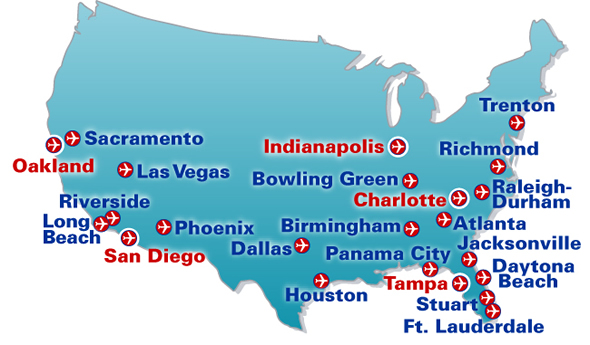
When a person goes to college to get a four year degree, they often emerge without all the tools and experience to succeed in a professional environment. And just as often, graduates don’t even know what direction they want to take their life in after they receive their degree. A hypothetical example:
Jason works hard in high school and gets into a state university on a full academic scholarship. Four years later Jason completes his studies and receives a degree in Psychology. He has emerged more intelligent and very knowledgeable on the subject of his studies, but he only has a slight chance to actually acquire a job in the psychology field with his undergraduate degree. There are other types of jobs he could get with his degree, but he isn’t in love with any of his options.
At this point, Jason has two choices – he can begin a career outside of his chosen field, or he can go for more education. Even with a more advanced degree he might not get the job he wants. On the other hand, he could have taken his education in a far more practical direction: training that also provides experience. In today’s world, there are very few options that put you on a specific, guided career path and give you the experience to climb the ladder to success.
Completing a career-oriented flight training program is one of those exceptional options. You graduate from a career program in aviation, and you have all the tools to succeed. You’ll be licensed in the field you trained in, and have the experience to back it up. Not only that, but you know EXACTLY where your career is headed. There’s no period of “finding yourself” after college, or settling for a job that you don’t love just to pay the bills. In aviation, you’ll have a job right out of the program that is leading you to your goal of becoming an airline pilot. Just be sure your career program offers flight instructor ratings, or some other means of gaining additional experience.
Even better – you can pursue your four year degree while training for a specific career path such as aviation. Every certificate you earn while flying can be applied as credit for a college degree. You’ll emerge with a guided career path, and a solid college degree to supplement your qualifications for the job of your dreams.






